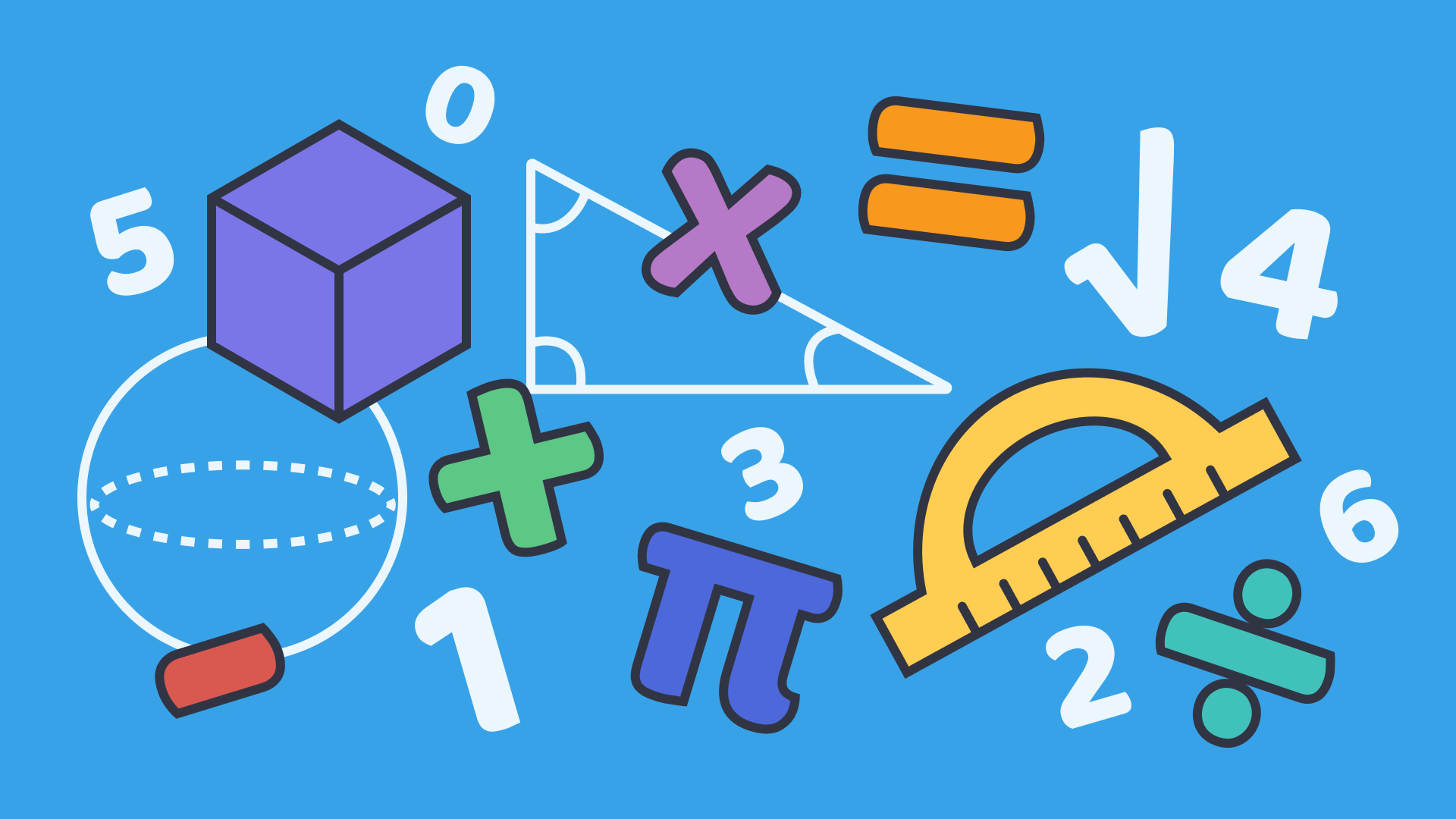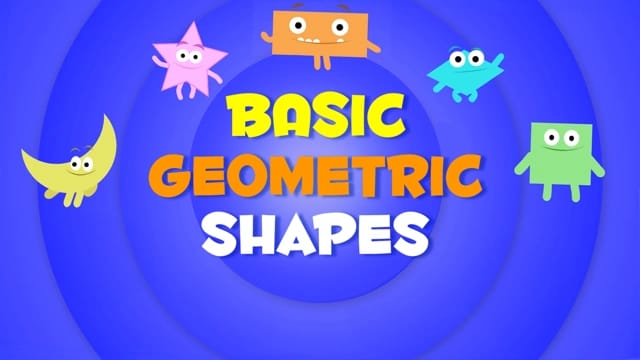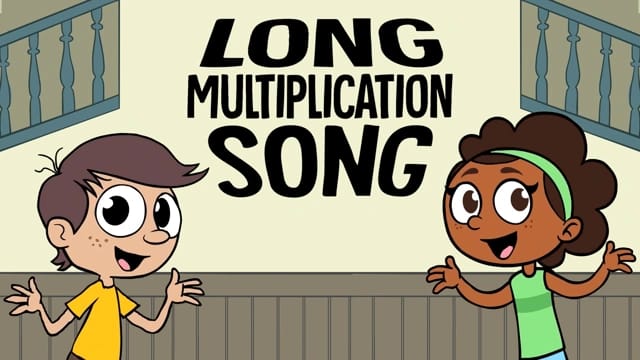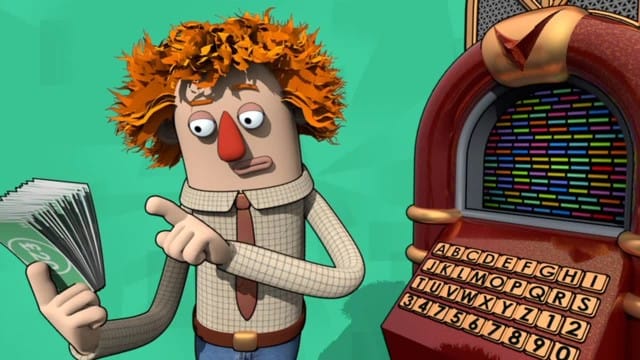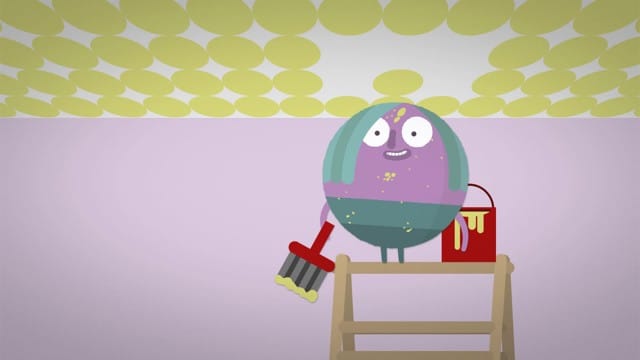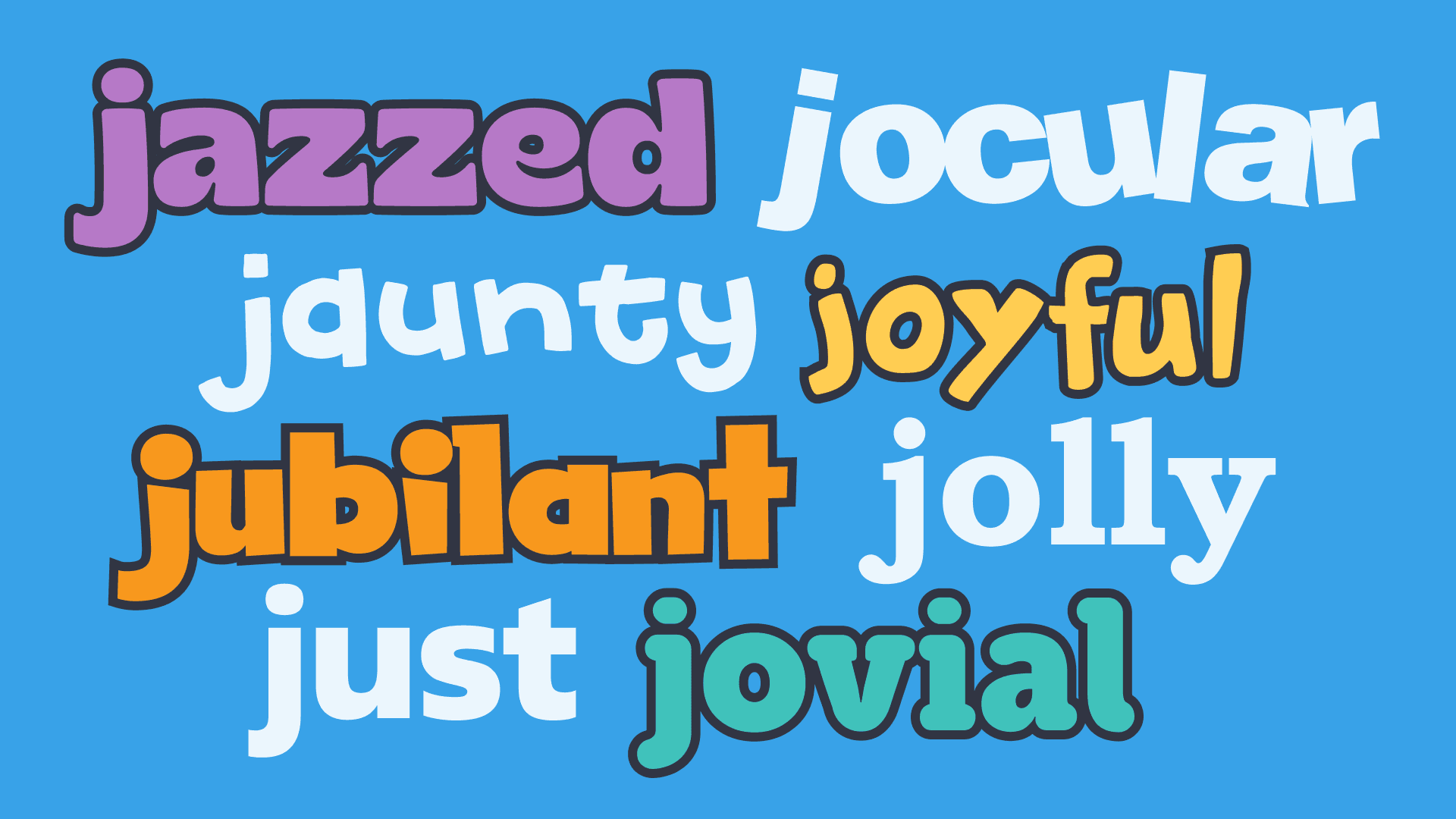8 Fun activities for International Day of Mathematics
In this guide
Mathematics can be considered a challenging subject; how many times have you heard parents of the students you teach saying something like ‘Oh I can’t do maths!’ I know I hear this a lot, and it spurs me on to ensure their children do not leave elementary school with the same mindset!
International Day of Mathematics, held annually in March, provides us with an excellent opportunity to inspire and engage our students with creative and fun maths activities, proving that maths is for everyone!
As primary school teachers, we have the unique power to shape how our students view maths early on in their academic journey. International Day of Mathematics is an exciting occasion to break away from traditional classroom practices, and celebrate maths in playful and engaging ways.
In this blog, we’ll explore 8 different creative, engaging and sometimes cross curricular activities that will explore numbers, shapes, patterns and problem solving. Hopefully these activities will excite your students and instil in them a love for mathematics!
The significance of the International Day of Mathematics
International Day of Mathematics, celebrated across the globe on March 14th, highlights the importance of mathematics in our daily lives. It is a day that provides us with the opportunity to help our students to understand that maths isn’t just something that they engage with in the classroom, but that it shapes many things in our life, from art to architecture, to music and technology.
As an educator, I have been participating in this celebration for nearly ten years. Each year I am reminded that putting in a little extra effort to plan a variety of fun, engaging and accessible maths activities excites even the most stubborn learners, and those students who are low in confidence often go home with a new found love of maths!

Hands-on maths activities for primary students
A great way to spark excitement about maths, or indeed any type of learning, is to get your students out from behind their desks and actively and physically engaged in their learning. I have found that often the most stubborn and disengaged learners become the leaders of the pack when your learning gets them up and moving about!
1) Maths scavenger hunt
If you have the space, this activity works best by utilising your whole school, especially your outdoor areas!
- Create a scavenger hunt where your students must solve maths problems in order to get the next clue!
- This can be adapted for any age learner; younger students can correctly identify 3D shapes, while order students may have to answer some long multiplication problems!
- Spread your clues out around your school, meaning your students have to run to find the next one!
The excitement will be palpable, and a healthy sense of competition will develop between the groups here too!
There is evidence that physical activity actually improves academic performance, (CIC, 2024) as well as all the physical benefits of being up and moving, so a scavenger hunt really does tick a lot of boxes!
2) Build a shape city
- In this activity, students can work in small groups to create a “city” made entirely of geometric shapes.
- Provide materials like paper, rulers, scissors, and glue, and ask each group to design buildings, roads, and parks using various geometric shapes.
- While constructing, students will practice identifying shapes, understanding symmetry, and using measurement skills.
You can even challenge them by asking them to use specific shapes or measure the perimeter of their buildings.
I have also facilitated a similar idea in kindergarten classes – providing students with pictures of different buildings they may have seen around their local area, and giving them 2D shapes to recreate their own versions!
The mathematical talk that I have witnessed between five-year-olds has been amazing, discussing the shapes, how they fit together, what shapes can be made by putting two together… There really is an endless amount of learning from an open ended activity like this!
Play-based challenges to make maths exciting
I have found that the single best way to motivate reluctant learners is to trick them into learning! Creating activities where they think they are just playing a game often helps them to forget their insecurities and lower their walls to get fully involved!
3) Maths relay races
This is another activity that can be adapted to suit any age and any ability learner.
- In your hall, or outside on your playground, set your students into groups.
- They then have to race one at a time to complete a maths challenge, passing a baton to the next player when they have taken their turn.
- The team who completes their questions first, or who has answered the most correctly in the time frame, wins!
I have used this activity many times over the years, with students ranging from five to eleven years, from those with special educational needs right up to the most gifted and talented students.
Your questions and activities can be adapted to suit any student, and you could even devise questions that link in with your current learning, or something you wish to recap!
Some ideas might include:
- Collecting shapes in a specific order,
- Putting numbers into order,
- Collecting multiples in the correct order, or
- right up to solving more complex number problems!
This activity promotes collaboration, teamwork and critical thinking, all important skills that we are aiming to instil in our students.
4) Maths Bingo
Another great game that can be adapted to any age range is Maths Bingo! I use this regularly as a starter activity, or if I have a few minutes spare in the middle of the day. On International Day of Mathematics however, why not go all out and plan a few rounds of Maths Bingo, you can even add special music and prizes!
- Create bingo cards for each of your students.
- They might have questions on them, such as 5×3, 10-4, 3x3x3 etc.
- You would then call out the answer, and if a student has the corresponding question, they can cross it off their bingo card!
This can be adapted for so many areas of learning, for example you could have shapes on your bingo cards, or numbers in word form.
Students love the anticipation in a game like this, and the concentration level is unreal! If you wanted to challenge your older students more, you could ask them to work in groups to play their own versions, writing their own questions and answers!

Creative projects that bring maths to life
Creativity and maths go hand in hand! International Day of Mathematics is the perfect opportunity to incorporate art and creative thinking, proving to your students that maths isn’t just about numbers – it’s about exploiting patterns, shapes and structures.
Here are two creative maths projects that I have personally used in my classroom many times that have been met with enthusiasm and joy!
5) Symmetry art
Students are fascinated by symmetry, especially that symmetry that can be found in the natural world, such as butterflies, flowers, and insects.
- Explore some images of these things first discussing the symmetry that can be found!
- Then, allow your students to explore this concept through art.
- Give them cards cut into different shapes, such as hearts and butterflies.
- They should then paint a pattern on one side, and then fold them in half to create a symmetrical pattern!
I have also explored this concept by using peg boards.
- Draw a line down the middle of the board.
- Then challenge your students to create a symmetrical pattern.
You could also give them mirrors so that they can check the symmetry of their designs.
6) Geometric tessellations
A tessellation is a pattern made up of shapes that fit together without any gaps or overlaps. Although challenging, this is a fantastic activity that has absorbed my students for great lengths of time on International Day of Mathematics!
You will need:
- Square or rectangular card – heavy duty is best!
- Pencils.
- Erasers.
- Coloured Markers, crayons or paint.
- Ruler (optional, for neat lines).
The activity:
- Start by exploring tessellations together.
- Then, students should choose a simple geometric shape, such as a square, triangle, hexagon, or even a more complex shape like a parallelogram.
- The shape they choose will form the building block for their tessellation.
- Students then need to draw it on their piece of paper, manipulating the shape. Students can rotate the shape, reflect (flip) the shape, or translate it (slide to different positions). The key is to not overlap the shapes, and not leave any gaps.
- The aim is to fill the whole page.
- Once the students are happy with their tessellation, they can colour it in.
- Encourage them to use different colours to create patterns within the tessellation or explore symmetrical colour patterns to add visual interest.
This activity is fantastic for boosting students’ knowledge of reflectional and rotational symmetry, and is great for spatial reasoning. In the past, I have explored this concept further by undertaking art projects inspired by artists such as M.C Escher.

Using games and technology to enhance maths learning
Games and technology are excellent tools for engaging students in mathematical learning. Technology can offer interactive and exciting ways for students to practice and reinforce their mathematical skills.
7) Board games
Sometimes, nothing can beat a good old fashioned board game when it comes to practising basic mathematical skills!
Snakes and ladders especially is a wonderful game that encourages students to count with 1:1 correspondence, take turns, strategise and plan ahead!
I have been using board games like snakes and ladders with great success in my classroom for over ten years, and the students still love them!
On International Day of Mathematics, you could even encourage your older or more able students to design their own board games, stipulating that they include certain types of maths questions.
They could then play these games with their peers and troubleshoot them!
Additionally, my students LOVE practicing their times tables along with these videos.
8) Virtual escape room
Last year on International Day of Mathematics, I tried my hand at creating an escape room in my classroom. It definitely took some work to set up, but it was hugely successful, and the students were still talking about it weeks later!
- Create a series of math challenges that students must solve in order to “escape” from the room.
- These challenges can include logic puzzles, number problems, and riddles.
- Using a computer or tablet, students can collaborate in teams to solve each puzzle and move closer to their goal.
I made this all the more exciting by playing tense music, turning the lights out and closing the blinds!
A virtual escape room is a thrilling way to encourage teamwork, problem-solving, and critical thinking—all while reinforcing important mathematical concepts.
International Day of Mathematics is the perfect opportunity to celebrate the beauty and fun of maths with your students. Perhaps take some photos of students’ work throughout the day so you can create a display in your classroom as a reminder of the day! You could even share these on your school social media channels to further promote the love of maths throughout your school community!
By incorporating hands-on activities, play-based challenges, creative projects, and technology, you can make this day a memorable experience that inspires a love for maths in your classroom.

Ruth Litchfield
briefcase iconEducator & Education Content Creator
Ruth is an experienced primary school educator of over a decade, and an Educational Content Creator. She specialises in creating fun and engaging activities that require minimal resources and cover multiple curriculum areas.
Other posts
Want more content like this?
Subscribe for blog updates, monthly video releases, trending topics, and exclusive content delivered straight to your inbox.

